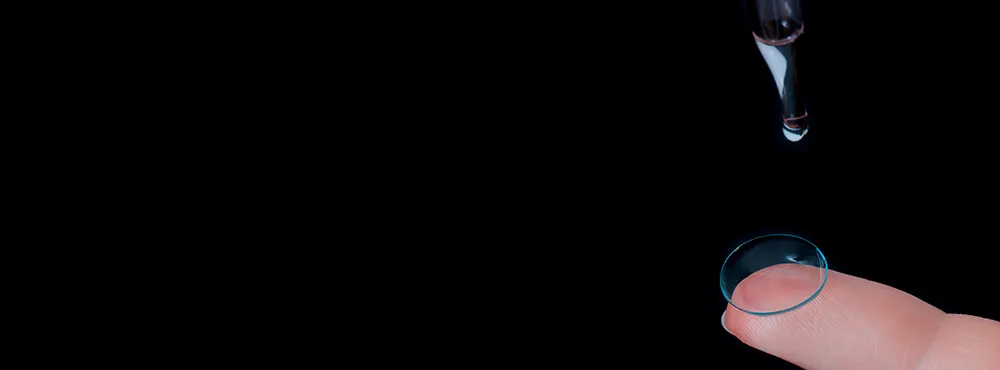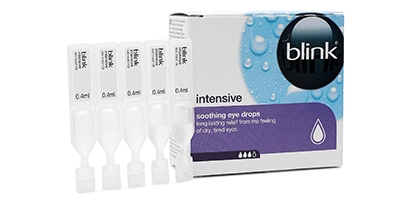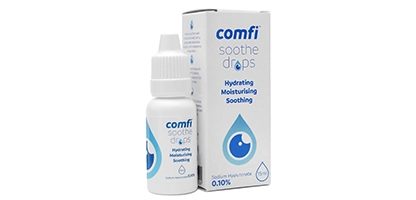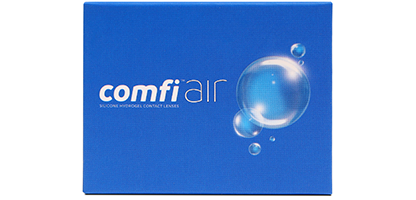The water content of a contact lens states the proportion of water in the lens. In simple words, it means how much of the contact lens is made up of water. The water content of a contact lens is typically expressed as a percentage.
A higher water content lens facilitates increased oxygen transmission to the cornea, offering comfortable wear. However, this correlation differs with silicone hydrogel lenses, wherein, the cornea receives a high oxygen level irrespective of the water content. Most of the soft contact lenses in recent times are made of hydrogel material. Lenses made from this material absorb a larger amount of water which keeps the lens soft. This absorbing power of the hydrogel material is also known as water content.
How can I find out the water content of my contact lenses?
To find out the water content, check the packaging of your contact lenses. On the packaging, you'll not only find the percentage but also the list of other lens components. Have a look at the contact lens specification table, that we have put together for your reference.
Does the water content percentage affect the comfort level of my lens?
A higher water content generally means a thicker lens, which can often be felt in the eye. Mid-water lenses, which are thinner and more widely worn, offer a greater degree of comfort. The general design of the lens and the smoothness of its edges will be a major contributing factor to the comfort of the eye.
Is higher water content in contact lenses better for dry eyes?
Contrary to common belief, high water content lenses are not the ideal choice for individuals with dry eyes. Those prone to dry eye often find contact lenses with lower water content more comfortable, as high water content lenses can draw out moisture from the eyes. Factors such as excessive screen use, and air conditioning can further contribute to the dehydration of high water content lenses.
Some soft hydrogel contact lenses could make your eyes dry, which can cause contact lens-induced dry eyes (CLIDE). It occurs due to limited oxygen flow to the eyes while wearing contact lenses with low oxygen permeability.
Silicone hydrogel lenses are highly preferred as they allow more oxygen transmission, keeping eyes fresh and healthy. Some people refer to the oxygen permeability of contact lenses as the DK/t value. The unit of measurement for oxygen permeability through a contact lens depends on the thickness of the lens. Your optician will prescribe you with the most suitable lenses for your eyes.
Did you know that following a good eye care routine and maintaining a healthy diet can enhance your eye health? Eye drops are a great way to relieve symptoms of dry eyes and can provide a hydrating feel throughout the day. If you think you might have dry eyes, why not take our quick Dry eyes quiz? If you are worried about your eye health, consult an eye care professional. They will perform thorough tests and provide tailored advice.

 Offers
Offers Account
Account
 Favorite
Favorite
 Basket
Basket

 OFFERS
OFFERS



















